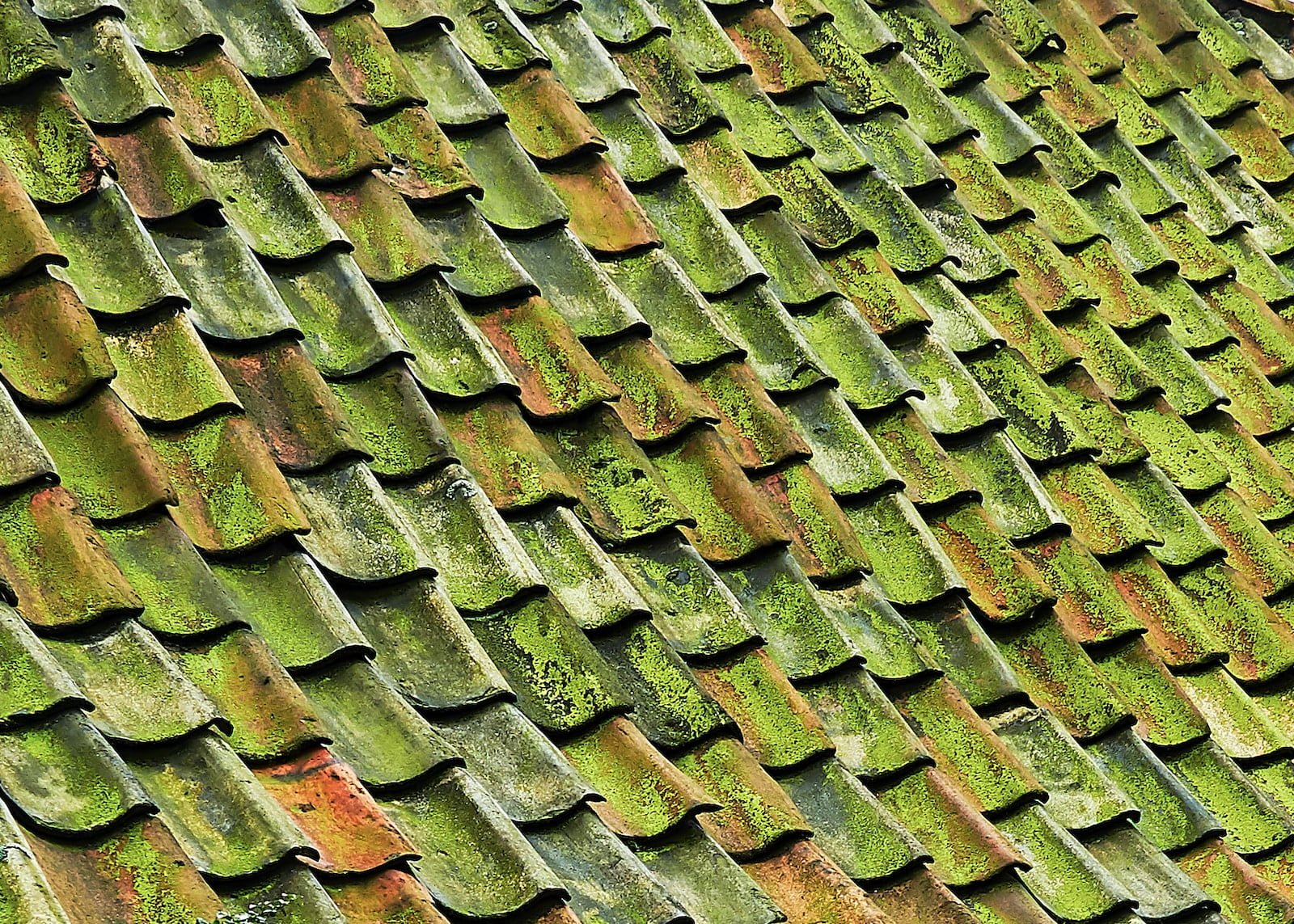Expert Tips to Get Rid of Roof Mold
Roof mold is a common problem for homeowners, especially those living in humid and moist climates. It not only affects the aesthetic appeal of your home, but it can also pose serious health risks to you and your family. Understanding the causes and risks of roof mold is crucial in preventing its growth and ensuring a healthy living environment. In this article, we will explore the various causes of roof mold and the risks associated with it. Additionally, we will provide you with valuable tips on how to remove mold from your roof and prevent it from coming back.
DIY Techniques and Best Practices for Removing Mold from Your Roof
If you’re dealing with mold on your roof, it’s important to take action as soon as possible to prevent it from spreading and causing further damage. One of the most effective ways to remove mold from your roof is through a DIY approach. However, it’s important to note that this can be a dangerous task, so it’s recommended to take all necessary safety precautions.
First and foremost, you’ll need to identify the affected areas. Look out for any discoloration or dark spots on your roof, as well as any musty odors. Once you’ve identified the areas, you can begin to remove the mold using a mixture of water and bleach. Make sure to wear protective clothing and goggles, and to work in a well-ventilated area.
Using a soft-bristled brush, gently scrub the affected areas with the bleach mixture. Avoid using a pressure washer, as this can damage your roof shingles. Rinse the area thoroughly with clean water, and allow it to dry completely before inspecting it for any remaining mold.
In addition to DIY techniques, there are also best practices you can follow to prevent mold from returning to your roof. These include keeping your gutters clean and free of debris, ensuring proper ventilation in your attic, and trimming back any overhanging branches or foliage that may be blocking sunlight from reaching your roof.
By following these DIY techniques and best practices, you can effectively remove mold from your roof and prevent it from returning in the future. Remember to always prioritize safety and take necessary precautions when working on your roof.
Preventing Roof Mold: Expert Tips for Maintenance and Upkeep
One of the most effective ways to prevent roof mold is to keep your roof clean. Regular cleaning can help remove any dirt, debris, and other organic materials that can create a breeding ground for mold. If you have trees near your roof, make sure to trim them regularly to prevent leaves and branches from accumulating on your roof. Additionally, cleaning your gutters and downspouts can help prevent water from pooling on your roof, which can lead to mold growth.
Another important aspect of roof maintenance is proper ventilation. Good ventilation can help prevent moisture buildup in your attic, which can lead to mold growth on your roof. Make sure to check your attic regularly for any signs of moisture, such as condensation or damp insulation. If you notice any issues, consider installing a ventilation system or adding more vents to improve airflow.
Finally, it’s important to inspect your roof regularly for any signs of damage or wear and tear. If you notice any cracks, leaks, or other issues, it’s important to address them as soon as possible to prevent mold growth. Consider hiring a professional roofing contractor to perform a thorough inspection and make any necessary repairs.
By following these expert tips for maintenance and upkeep, you can help prevent roof mold and keep your roof in top condition for years to come.
Signs You Need Professional Roof Mold Removal
If you notice mold growth on your roof, it is important to address the issue as soon as possible. While some homeowners may attempt to remove the mold themselves, it is often best to call in professional roof mold removal experts. Mold can be harmful to your health, and attempting to remove it without proper equipment and training can be dangerous. Additionally, removing mold improperly can cause it to spread to other areas of your home.
One sign that you need professional roof mold removal is if the mold covers a large area of your roof. If the mold has spread beyond a small patch, it is likely that it has grown deeper into the roofing materials and may require specialized equipment to remove. Another sign is if you notice a musty odor in your home or if you or your family members are experiencing respiratory issues. Mold spores can travel through the air and cause health problems, especially for those with allergies or asthma.
It is also important to call in professional roof mold removal experts if you have attempted to remove the mold yourself and it continues to grow back. This may be a sign that the mold is not being fully removed or that there is an underlying issue with your roofing materials or ventilation system. By calling in professionals, you can ensure that the mold is fully removed and that steps are taken to prevent it from returning.
What Homeowners Need to Know
Homeowners need to be aware that not all home insurance policies cover damage caused by roof mold. Some policies may exclude mold coverage altogether, while others may only cover mold damage under certain circumstances. It is important to carefully review your policy and understand your coverage before filing a claim for roof mold damage.
If your policy does cover mold damage, you will need to provide evidence of the damage and its cause. This may require a professional mold inspection and testing, as well as documentation of any repairs or preventative measures taken to address the issue. It is also important to report any mold damage to your insurance company as soon as possible, as delays in reporting can lead to claim denials.
It is worth noting that prevention is key when it comes to roof mold. Regular roof maintenance and inspections can help identify and address any issues before they lead to mold growth. Taking preventative measures, such as ensuring proper ventilation and addressing any leaks or water damage promptly, can also help reduce the risk of mold growth and potential damage to your home.

